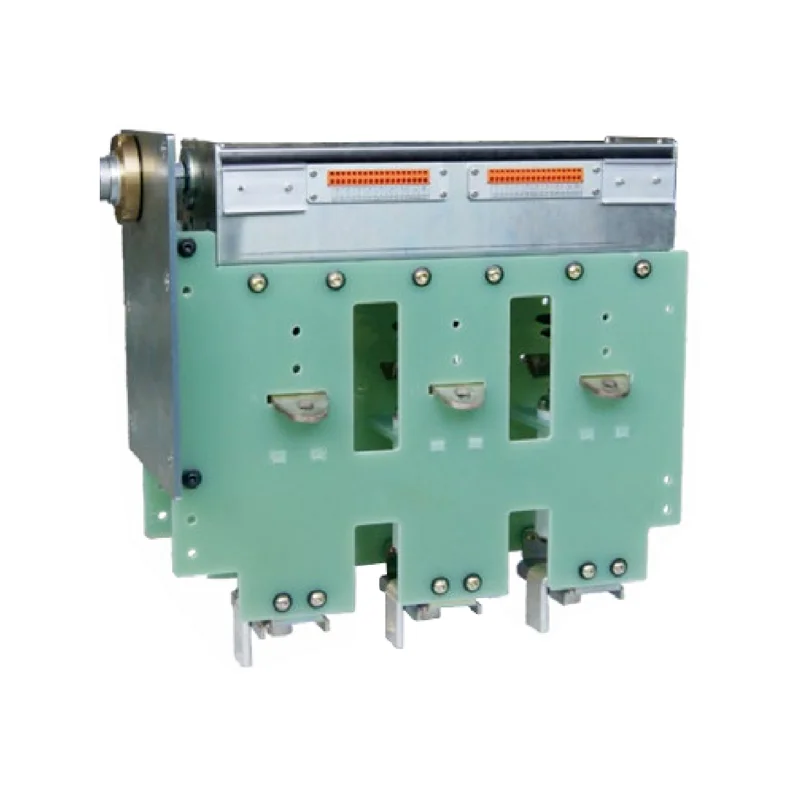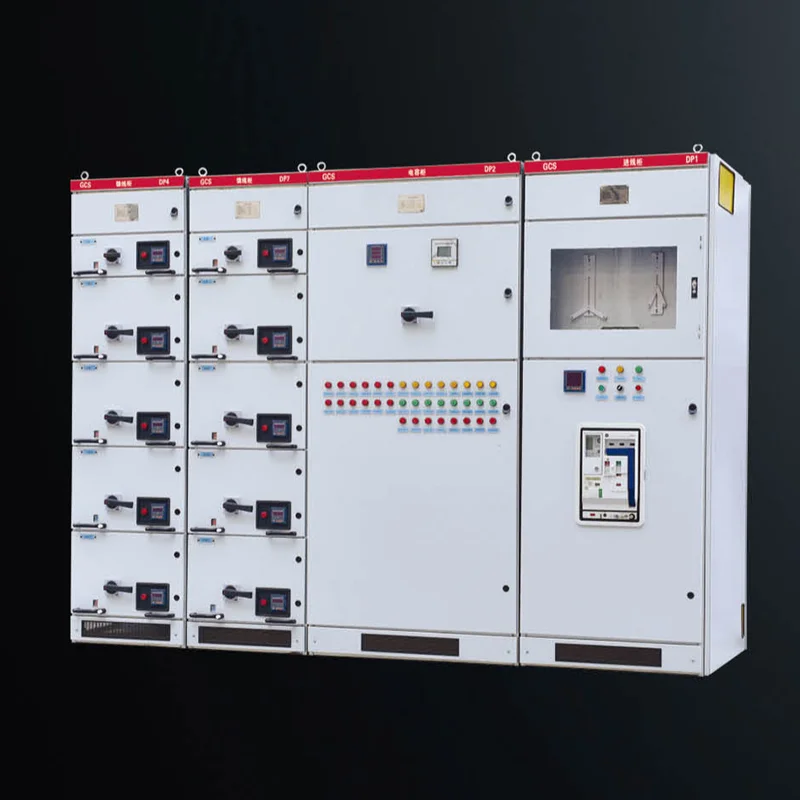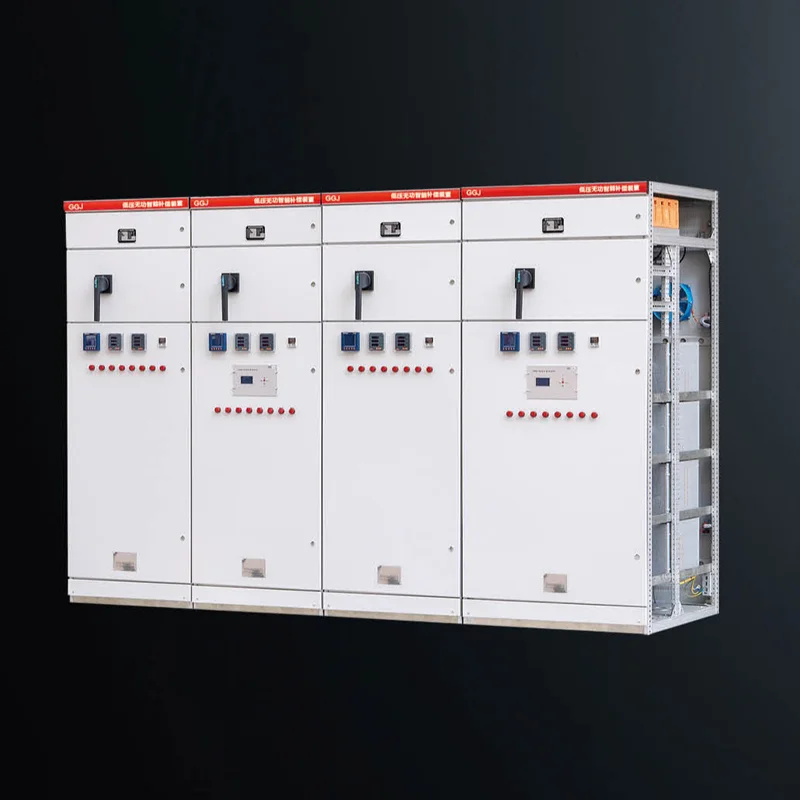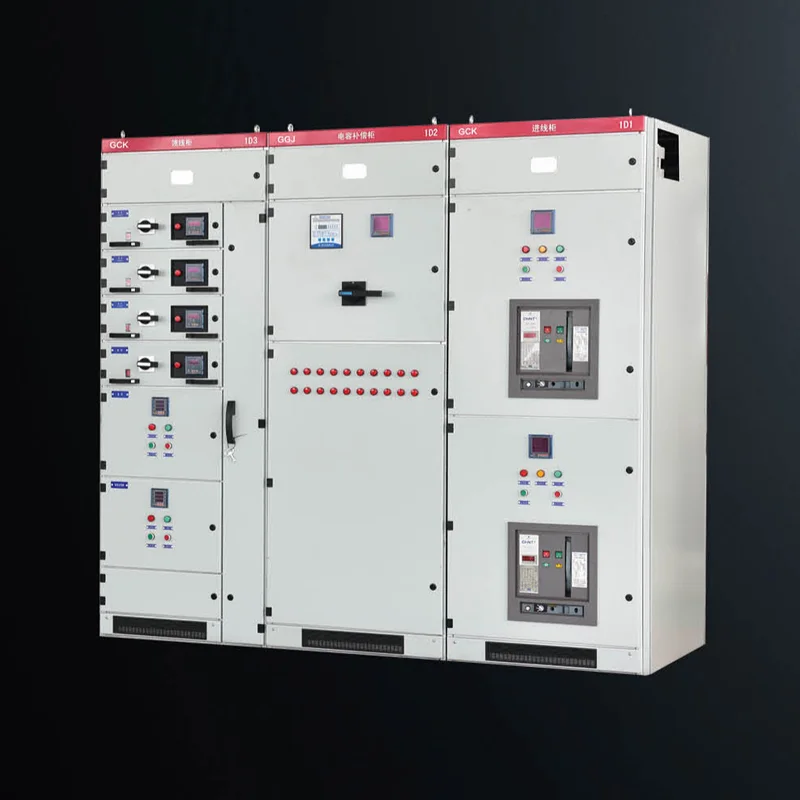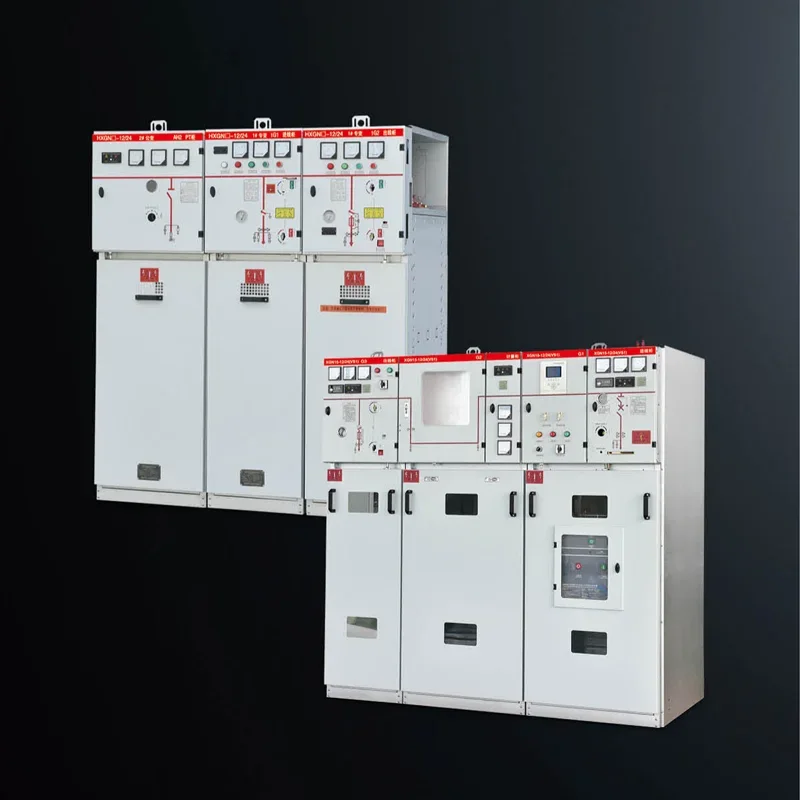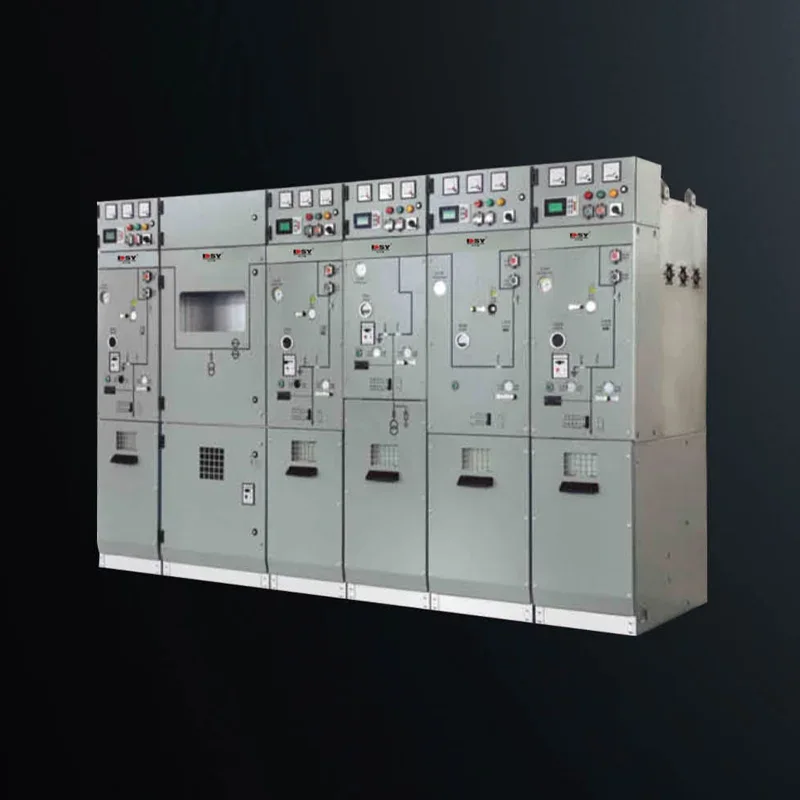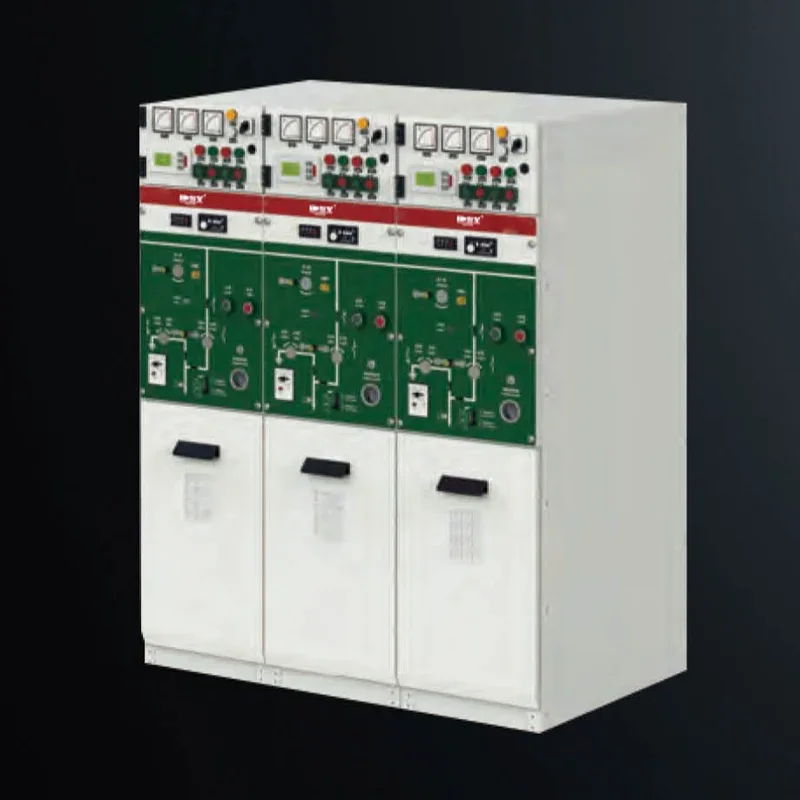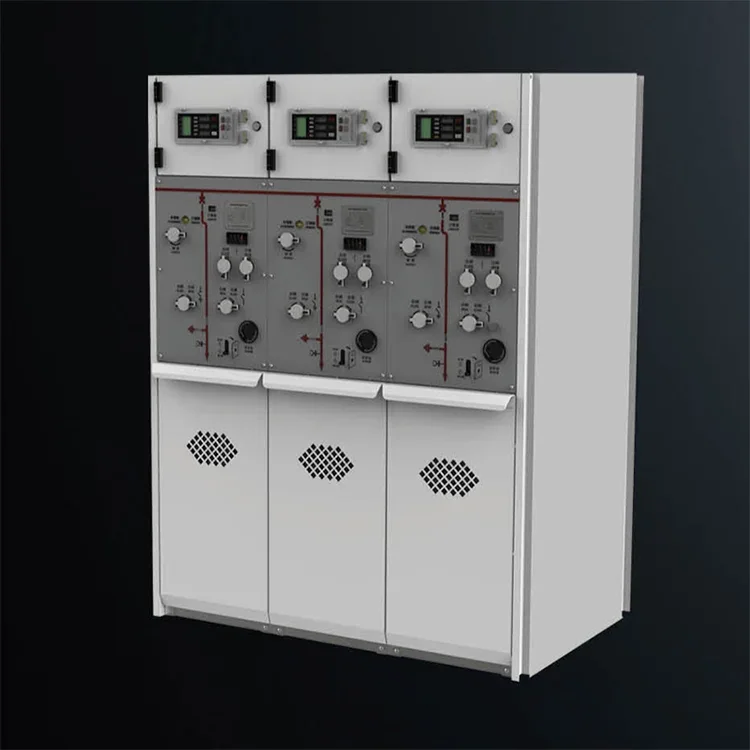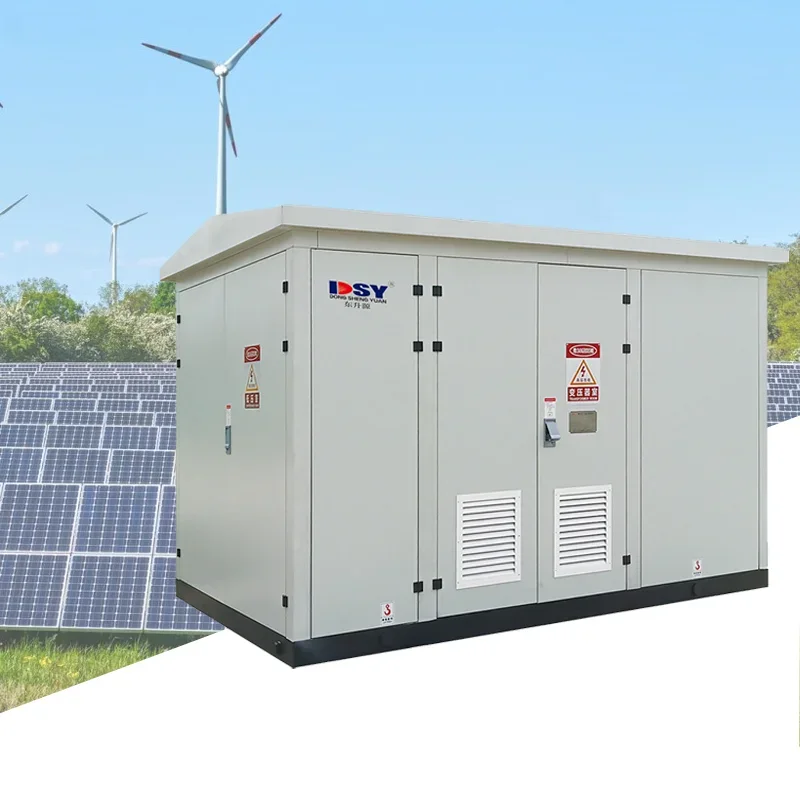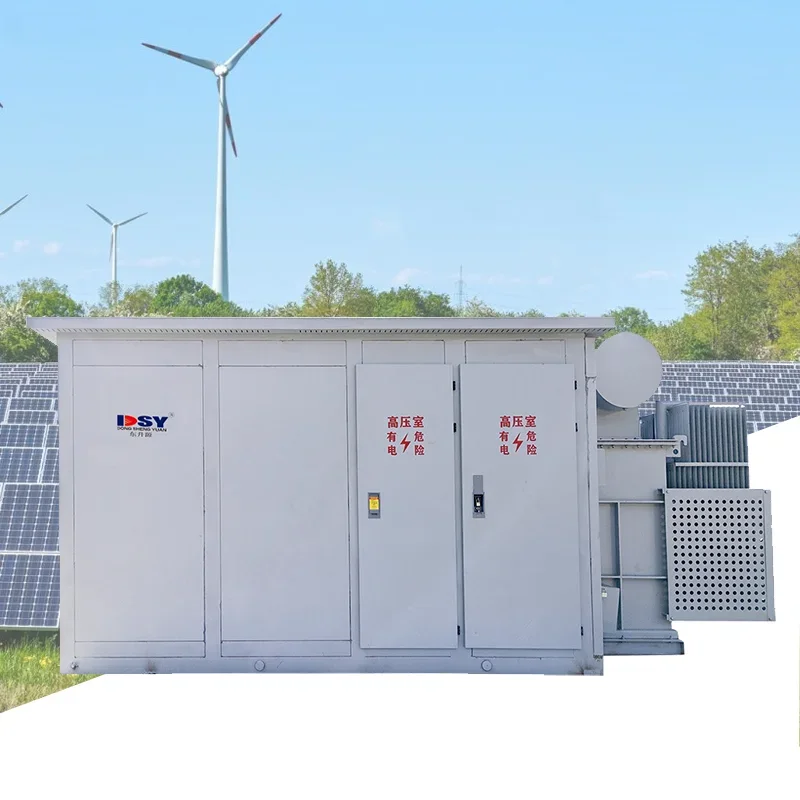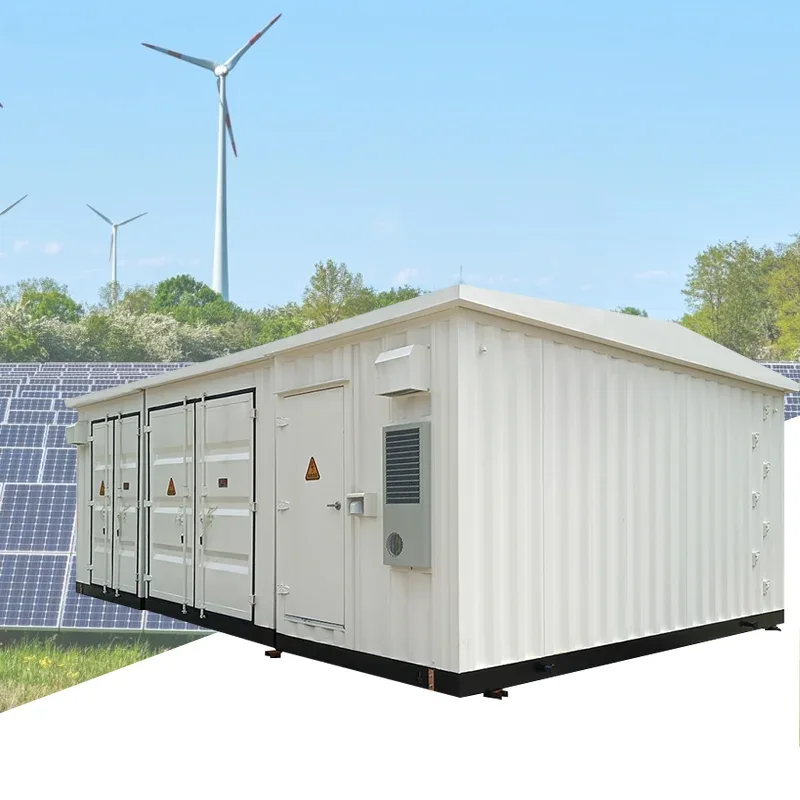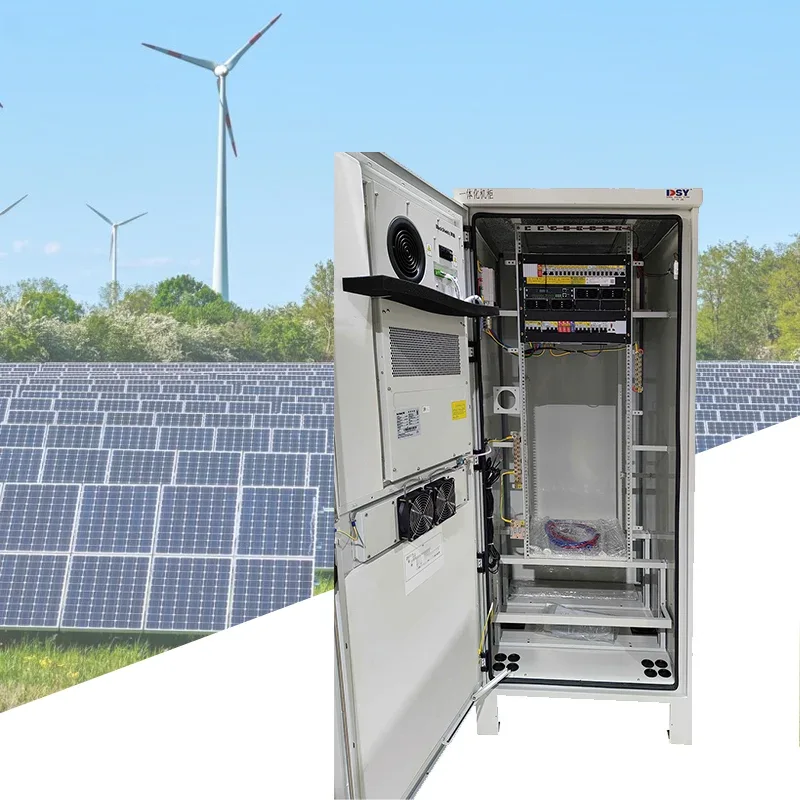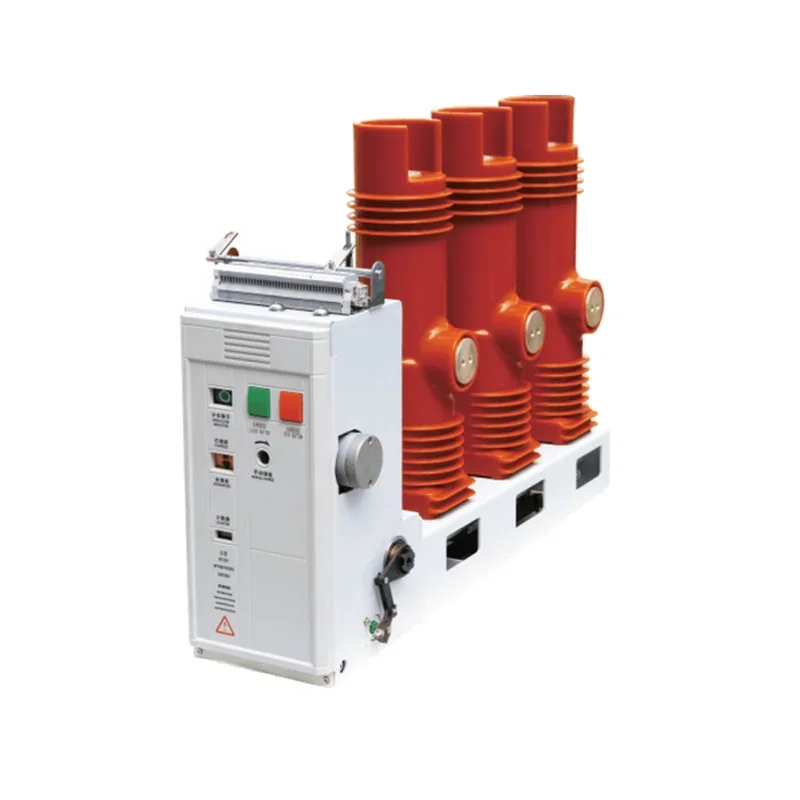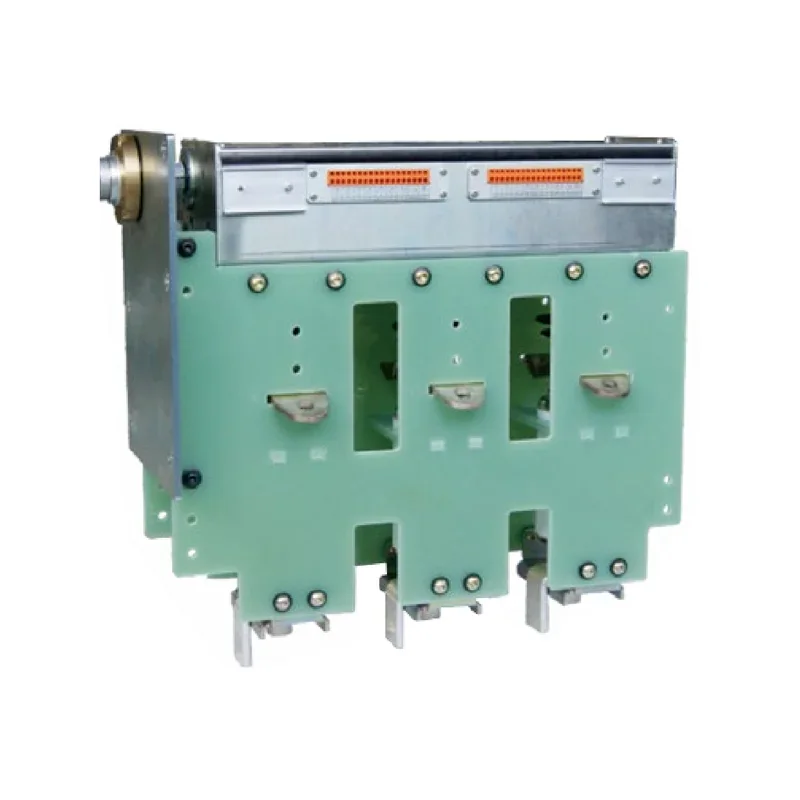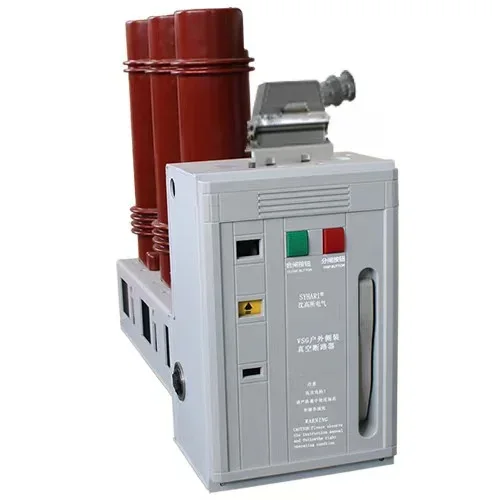Understanding the Functionality of Indoor High-voltage Vacuum Circuit Breakers: A Comprehensive Guide
Understanding the Functionality of Indoor High-voltage Vacuum Circuit Breakers Table of Contents 1. Introduction to High-voltage Vacuum Circuit Breakers 2. What is a Vacuum Circuit Breaker? 3. Key Components of High-voltage Vacuum Circuit Breakers 4. Working Principle of Indoor High-voltage Vacuum Circuit Breakers 5. Advantages of Using Vacuum Circuit Breakers 6. Applications of Indoo
May 11,2025
Understanding the Functionality of Indoor High-voltage Vacuum Circuit Breakers
Table of Contents
- 1. Introduction to High-voltage Vacuum Circuit Breakers
- 2. What is a Vacuum Circuit Breaker?
- 3. Key Components of High-voltage Vacuum Circuit Breakers
- 4. Working Principle of Indoor High-voltage Vacuum Circuit Breakers
- 5. Advantages of Using Vacuum Circuit Breakers
- 6. Applications of Indoor High-voltage Vacuum Circuit Breakers
- 7. Maintenance and Safety Considerations
- 8. Future Trends in High-voltage Circuit Breaker Technology
- 9. Frequently Asked Questions
- 10. Conclusion
1. Introduction to High-voltage Vacuum Circuit Breakers
Indoor high-voltage vacuum circuit breakers play a pivotal role in modern electrical systems, providing essential protection and reliability in a variety of applications. As the demand for electricity continues to rise, the need for effective circuit protection becomes paramount. Understanding the functionality of these sophisticated devices is crucial for engineers, technicians, and anyone involved in high-voltage electrical systems.
2. What is a Vacuum Circuit Breaker?
A vacuum circuit breaker (VCB) is an electromechanical device that interrupts the flow of electric current in a circuit. It operates within a sealed chamber that contains a vacuum, allowing for efficient arc extinction when the circuit is interrupted. This design minimizes the wear and tear on the components and enhances the overall lifespan of the circuit breaker.
2.1 Definition and Purpose
The primary purpose of a vacuum circuit breaker is to protect electrical equipment from overloads and short circuits. By detecting abnormal conditions within the circuit, the VCB can quickly disconnect the load, preventing damage and maintaining system integrity.
2.2 Types of Vacuum Circuit Breakers
There are several types of vacuum circuit breakers designed for various applications, including:
- **Vertical Break Vacuum Circuit Breakers:** These are commonly used in substations and industrial applications.
- **Horizontal Break Vacuum Circuit Breakers:** Typically employed in switchgear assemblies for utility applications.
3. Key Components of High-voltage Vacuum Circuit Breakers
Understanding the components of high-voltage vacuum circuit breakers is essential for grasping their functionality. Here are the critical parts:
3.1 Insulating Medium
The vacuum in which the contacts operate serves as an insulating medium, allowing for high voltage applications without the risk of arcing.
3.2 Contacts
The contacts are crucial for making and breaking the circuit. Made of materials like copper or silver, they ensure low resistance and high conductivity.
3.3 Operating Mechanism
The operating mechanism can be either spring-operated or hydraulic, providing the necessary force to open or close the circuit.
3.4 Control System
The control system monitors the electrical parameters and triggers the operation of the circuit breaker in case of faults.
4. Working Principle of Indoor High-voltage Vacuum Circuit Breakers
The working principle of a vacuum circuit breaker revolves around the creation and extinction of an electric arc within the vacuum chamber. When the circuit experiences a fault, the following sequence occurs:
4.1 Fault Detection
The control system continuously monitors the circuit for any irregularities. Upon detecting an overload or short circuit, it sends a signal to activate the operating mechanism.
4.2 Arc Formation and Quenching
As the circuit opens, an electric arc is generated between the contacts. However, because the contacts are enclosed in a vacuum, the arc is quickly extinguished due to the absence of ionizing gas, which would otherwise sustain the arc.
4.3 Re-establishing Circuit
Once the circuit is interrupted, the breaker remains in the open position until the fault is cleared. It can then be reset to restore normal operation.
5. Advantages of Using Vacuum Circuit Breakers
Indoor high-voltage vacuum circuit breakers offer several advantages over traditional circuit breakers. Here are some of the key benefits:
5.1 High Reliability
With a sealed vacuum environment, VCBs are less susceptible to environmental factors, ensuring reliable performance even in harsh conditions.
5.2 Reduced Maintenance
Vacuum circuit breakers require minimal maintenance due to their design, which reduces wear and tear on components.
5.3 Compact Size
The compact design of VCBs allows for space-saving installations, making them ideal for areas with limited space.
5.4 Fast Operation
VCBs can operate quickly, providing immediate protection against faults and enhancing the safety of electrical systems.
6. Applications of Indoor High-voltage Vacuum Circuit Breakers
Indoor high-voltage vacuum circuit breakers are utilized in various applications across multiple industries:
6.1 Power Generation Plants
In power generation facilities, VCBs help protect generators and transformers from electrical faults, ensuring stable operations.
6.2 Industrial Facilities
Manufacturing plants rely on VCBs to safeguard machinery and equipment, minimizing downtime due to electrical failures.
6.3 Utility Substations
Vacuum circuit breakers are essential in utility substations for protecting high-voltage transformers and distribution networks.
6.4 Commercial Buildings
In commercial settings, VCBs help manage electrical loads safely, providing reliable power distribution.
7. Maintenance and Safety Considerations
Maintaining indoor high-voltage vacuum circuit breakers is crucial for ensuring their longevity and reliability. Key maintenance practices include:
7.1 Regular Inspections
Conducting routine inspections helps identify any wear or damage to components, enabling timely repairs.
7.2 Testing and Calibration
Periodic testing of the VCB’s operational capabilities ensures that it functions correctly and meets safety standards.
7.3 Safety Protocols
It is essential to follow safety protocols when performing maintenance to protect personnel and equipment.
8. Future Trends in High-voltage Circuit Breaker Technology
The future of high-voltage circuit breaker technology looks promising. Trends to watch include:
8.1 Smart Circuit Breakers
Integration of IoT technology to create smart circuit breakers that provide real-time monitoring and automated fault detection.
8.2 Enhanced Materials
Development of advanced materials that improve the thermal and electrical performance of vacuum circuit breakers.
8.3 Environmentally Friendly Solutions
Focus on designing circuit breakers that are more environmentally friendly, reducing their carbon footprint.
9. Frequently Asked Questions
9.1 What is the lifespan of a vacuum circuit breaker?
The lifespan of a vacuum circuit breaker is typically around 20 to 30 years, depending on usage and maintenance.
9.2 How do vacuum circuit breakers compare to air-insulated circuit breakers?
Vacuum circuit breakers are generally more compact, require less maintenance, and have a longer lifespan compared to air-insulated circuit breakers.
9.3 Can vacuum circuit breakers be used outdoors?
While primarily designed for indoor use, some vacuum circuit breakers can be adapted for outdoor applications with appropriate housing.
9.4 What are the common causes of failure in vacuum circuit breakers?
Common causes of failure include improper maintenance, manufacturing defects, and external factors like moisture ingress.
9.5 Are vacuum circuit breakers suitable for all voltage levels?
Yes, vacuum circuit breakers are designed for various voltage levels and can be customized for specific applications.
10. Conclusion
Indoor high-voltage vacuum circuit breakers are essential components in modern electrical systems, providing reliable protection and enhancing safety. By understanding their functionality, advantages, and applications, we can appreciate their critical role in ensuring the efficient operation of electrical networks. As technology evolves, vacuum circuit breakers will continue to adapt, offering innovative solutions for the challenges posed by the ever-growing demand for electricity. Investing in quality vacuum circuit breakers and maintaining them effectively can significantly impact the reliability of electrical systems across various industries.
Related News
The difference between circuit breakers and vacuum circuit breakers
Circuit breaker is an abbreviation for pole type circuit breaker. Circuit breakers are also vacuum circuit breakers
Voltage regulators are required for various places that require voltage control, such as controlling lighting

